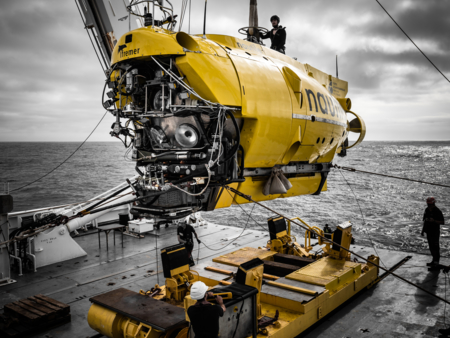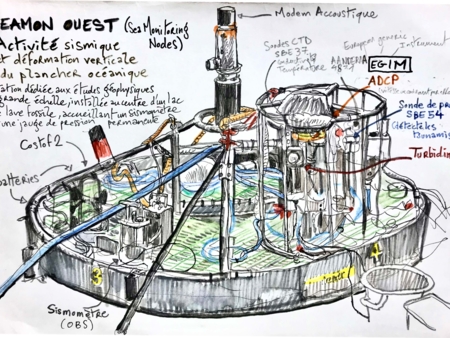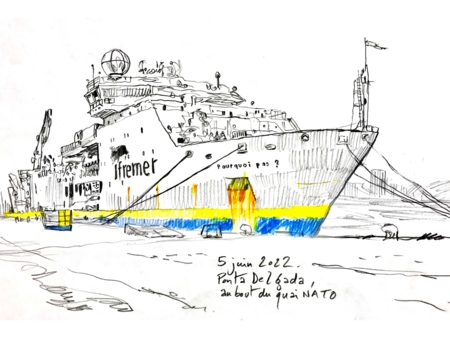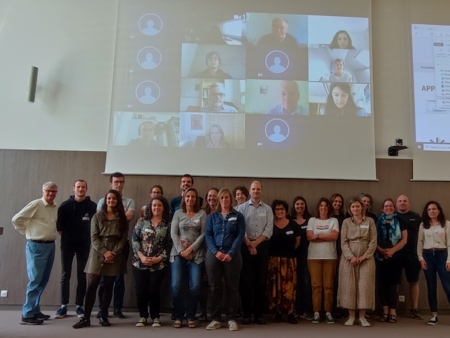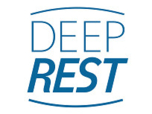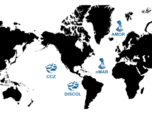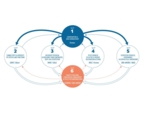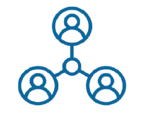About DEEP REST
The deep sea, defined as water and seafloor below 200 meters, is the largest biome on Earth accounting for 92% of the global ocean.
This species-rich biome harbours numerous ecosystems including vast abyssal plains, mountain chains and canyons as well as cold-water corals, sponge grounds, hot vents and cold seeps. However, the so far relatively “pristine” deep sea is at potential risk of biodiversity and ecosystem function loss due to anthropogenic activities, including deep-sea mining.
DEEP REST aim at developing a novel approach to improve our capacities for science-based spatial planning and management in two ecosystems threatened by deep-sea mining. It directly addresses the concerns of policy-makers in a moment when seabed mining and its associated regulations are rapidly developing from exploration to exploitation.

